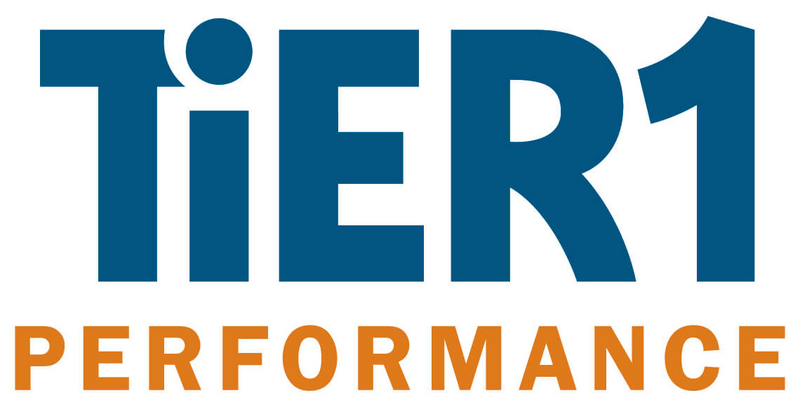ATD Blog
Five Forces That Should Inform Your Employee Experience Design
Thu Sep 14 2023

Retention issues? Performance challenges? Organizational growing pains? Often, the employee experience (EX) is the common denominator underpinning these concerns. As the easier-to-affect cousin to culture, EX may be your most overlooked asset.
Culture and EX are symbiotic. You may conclude that changing your culture will change your EX, and you’d be right, but you’d also be on a longer road to transformation. The much easier, faster path to a healthy, high-performing organization is to implement a few strategic shifts within your EX and watch your culture improve.
We’ve seen an intersection of several congruent demographic and societal shifts that are influencing today’s culture and, therefore, today’s workforce. Here are five meaningful forces shaping the employee point of view that you can leverage to design a winning EX for all:
1. Labor Trends
As labor participation rates have declined, the need for talent has increased—and employees know this. They’ve felt the implications of being in demand, a situation that’s projected to continue into the next decade as reported by the US Bureau of Labor Statistics, although it will vary by industry and region.
Modern employees evaluate their workplaces by criteria that may feel unprecedented to some leaders. Workers are now more attuned to how work affects their mental and physical well-being, happiness levels, social and emotional status, sense of progress, feelings of self-worth, and even their family dynamics. Good compensation matters (and particularly for frontline workers, it can matter more than anything else). But today, more workers take a broad, holistic view of what they give and what they gain in their job by asking themselves, “At the end of the day, am I better off working here?”
2. Well-Being Indicators
We’re seeing a shift in humanity’s disposition. Rising levels of unhappiness and stress have people seeking greater emotional and mental well-being, including at work. In response to these indicators, the office of US Surgeon General Dr. Vivek Murthy has put forward a National Strategy to Advance Social Connection to address the “epidemic of loneliness and isolation” affecting the country.
Demand is strong for work that, on balance, feels like time well spent. To varying degrees, people want meaningful, equitable, gratifying, and even joyful work. We want to contribute to something bigger than ourselves—to connect to a sense of purpose and enjoy the feeling of a job well done. We also hope to connect to one another—to create friendships and be part of a team. We long to be supported, uplifted, trusted, understood, and valued by others.
3. Affinity Networks
Due to decades-long trends hastened by the global pandemic, many people are now more separated from community organizations, associations, and groups—which were previously strong societal sources of relationship, purpose, kindness, wellness, joy, and trust.
The workplace has always been an important influencer—and reflector—of the greater culture. In recent years, as many people’s involvement with other institutions has altered or diminished, work’s importance to our lives may have become even more pronounced. Our experiences at work seem to have taken on more weight.
4. Social Movements
An elevated level of awareness for societal inequality has caused many to re-evaluate systemic power dynamics, as well as their own status and standing with others. We’re seeing impacts to the workplace and the traditional social contract, with increased demand for validation of personal worth and individual beliefs; a societal focus on uncovering “toxic” behaviors; and widespread questioning of systems that workers see as failing to honor one’s humanity and agency.
Interestingly, humans tend to think of relationships with people and organizations in similar ways. The kinds of human behaviors that draw people to deeper commitment with each other are also what they’re seeking from their organizations, so that they can engage. Just like with interpersonal relationships, when an organization’s leaders and employees all show up at their best, putting in the hard work for each other and investing in each other’s needs and goals, we make each other better.
5. Tech Advances
Society has become accustomed to seamless, on-demand experiences of apps, platforms, and devices. Much of daily life seems to have been designed for humans’ personal convenience, autonomy, and agency. This has shaped a collective expectation for more areas of life—including work, both online and offline—to be just as efficient, personalized, user centered, and flexible.
EX is the full collection of all our day-to-day interactions and emotions at work, including those we have with other employees, our leaders, and the greater organization. It involves how we engage with technology platforms, processes, and the physical work environment, as well as the operational structures and systems at the very core of our ways of working. Smart EX design relies on prioritization: identifying what will have the greatest positive impact on the employment relationship. When done well, EX design relies on making small changes for maximum results.
Want more insights for designing a winning employee experience, such as the 35 moments that matter most to people at work? Download the full whitepaper from TiER1 Performance.

